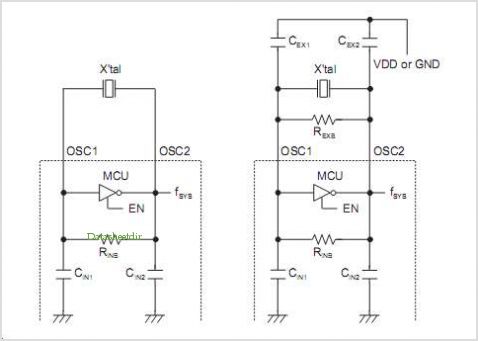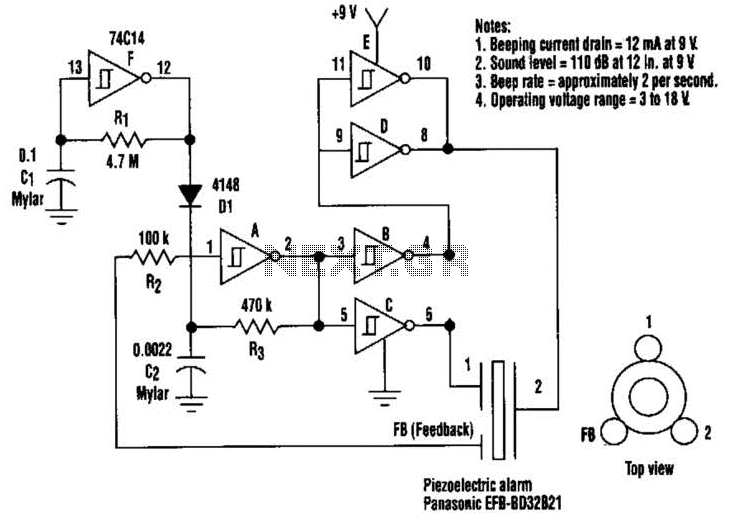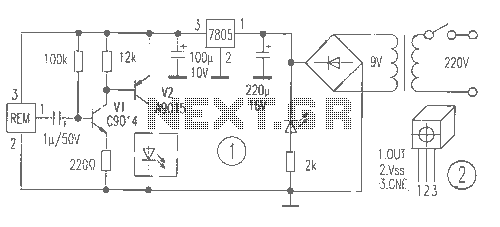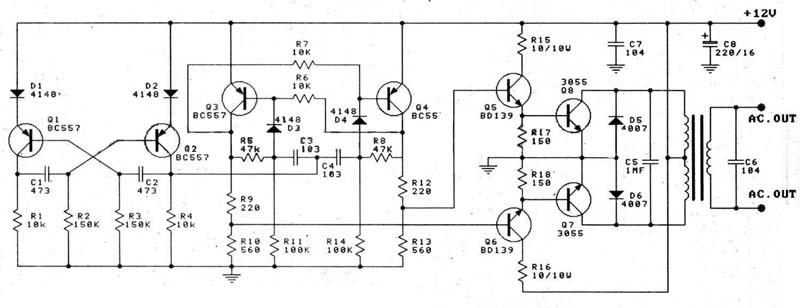
Circuit Diagram of Fan Speed Control With NE5560 IC
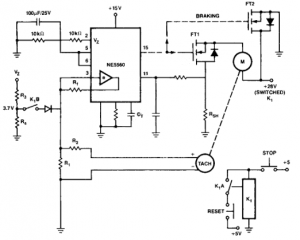
This circuit is useful for creating a constant speed motor control, ensuring that the motor speed remains constant despite variations in load and electrical voltage.
The circuit for a constant speed motor control typically employs feedback mechanisms to maintain a stable output speed. This can be achieved using a closed-loop control system, which includes components such as a microcontroller, sensors, and a driver circuit.
The microcontroller serves as the central processing unit, receiving input from sensors that monitor the motor's speed and load conditions. Commonly used sensors include tachometers or encoders, which provide real-time data on the motor's rotational speed.
The driver circuit, often consisting of a MOSFET or an H-bridge, regulates the power supplied to the motor based on the microcontroller's commands. This allows for precise adjustments to the voltage and current supplied to the motor, compensating for any changes in load or supply voltage.
Additionally, the use of PID (Proportional-Integral-Derivative) control algorithms can enhance the performance of the system. The PID controller calculates the error between the desired speed and the actual speed, adjusting the output to minimize this error over time.
Incorporating these elements into the design results in a robust motor control system capable of maintaining a consistent speed under varying operational conditions, thereby improving the overall efficiency and reliability of motor-driven applications.useful to make a constant speed motor control. Which means the speed will stay constant despite of load and electric voltage change. Component: . 🔗 External reference
The circuit for a constant speed motor control typically employs feedback mechanisms to maintain a stable output speed. This can be achieved using a closed-loop control system, which includes components such as a microcontroller, sensors, and a driver circuit.
The microcontroller serves as the central processing unit, receiving input from sensors that monitor the motor's speed and load conditions. Commonly used sensors include tachometers or encoders, which provide real-time data on the motor's rotational speed.
The driver circuit, often consisting of a MOSFET or an H-bridge, regulates the power supplied to the motor based on the microcontroller's commands. This allows for precise adjustments to the voltage and current supplied to the motor, compensating for any changes in load or supply voltage.
Additionally, the use of PID (Proportional-Integral-Derivative) control algorithms can enhance the performance of the system. The PID controller calculates the error between the desired speed and the actual speed, adjusting the output to minimize this error over time.
Incorporating these elements into the design results in a robust motor control system capable of maintaining a consistent speed under varying operational conditions, thereby improving the overall efficiency and reliability of motor-driven applications.useful to make a constant speed motor control. Which means the speed will stay constant despite of load and electric voltage change. Component: . 🔗 External reference


